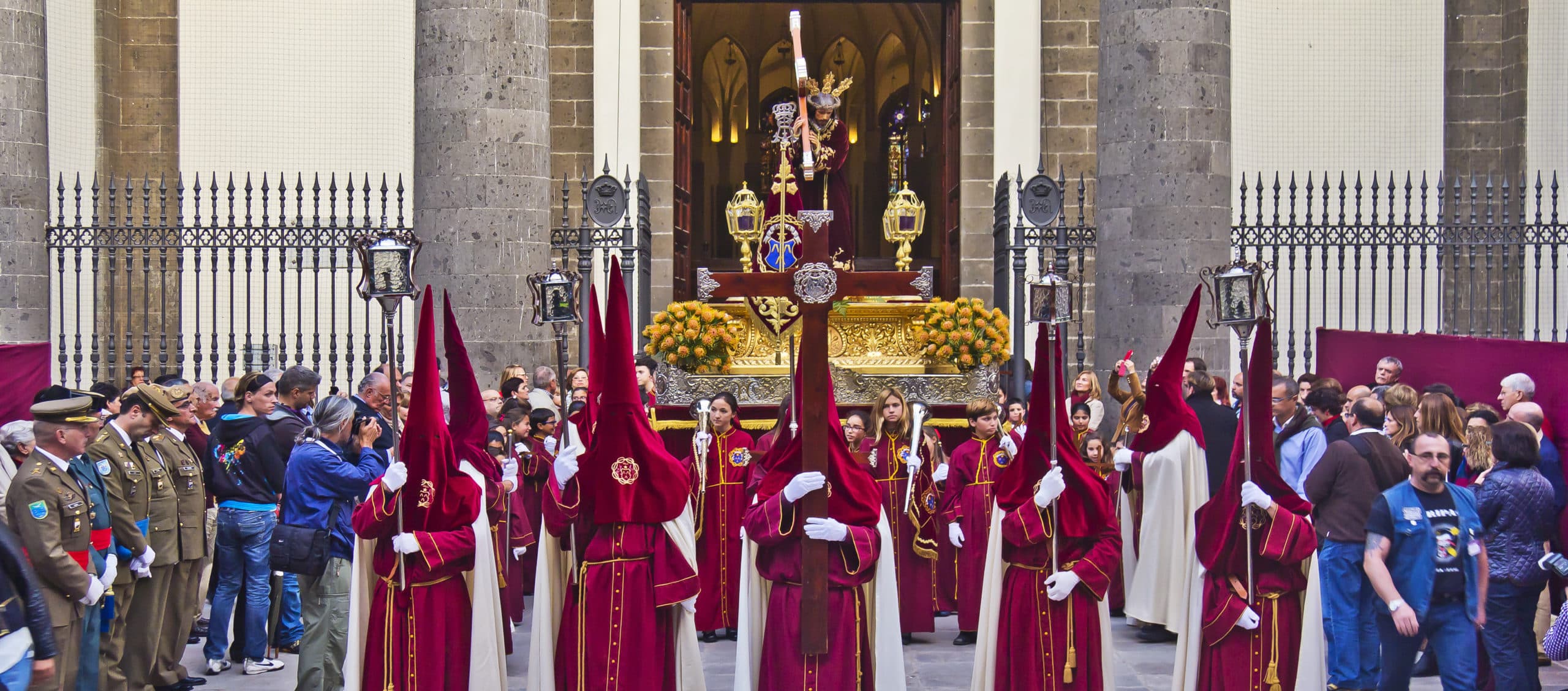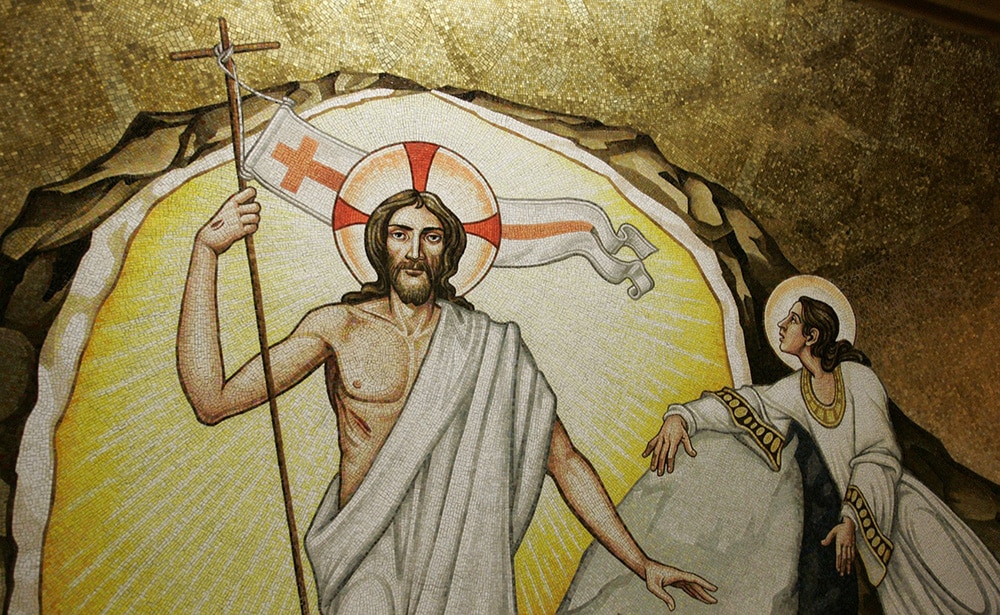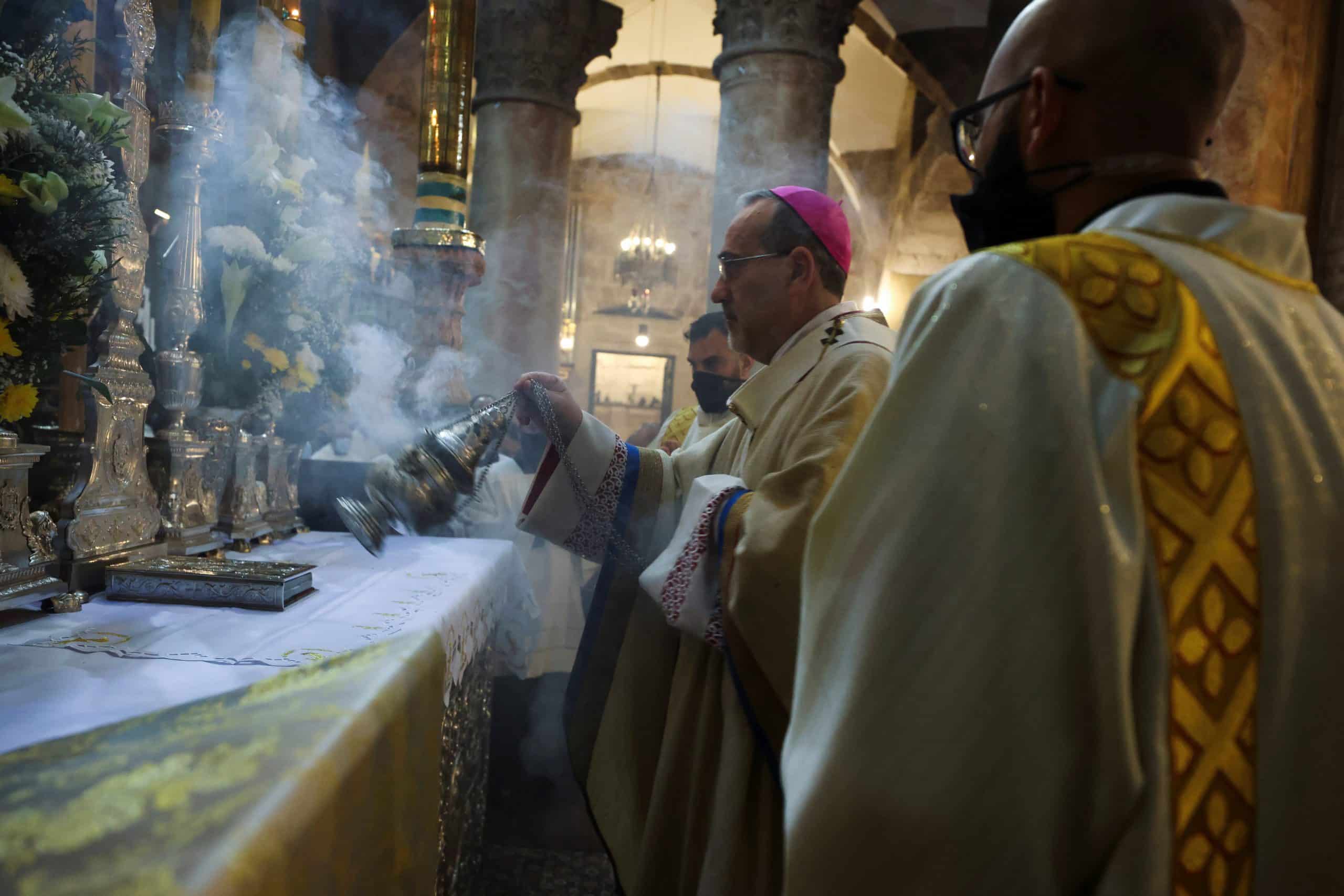Spain is far from being homogeneous, culturally speaking. The Iberian Peninsula was for ages both the end of the world (there is literally a county in Galicia called Finisterre, from the Latin finis terrae, “the land’s end”) and the crossroads of continental Europe and Northern Africa. Celtic, Visigoths, ancient Iberian, Arabic, Jewish (Sephardic), Phoenician and Roman traditions (Spain gave the Roman empire three emperors: Trajan, Hadrian and Marcus Aurelius, no less) made up, throughout the centuries, what we now understand as Spanish culture — hence, its characteristic mixture of flavors, colors, mores and manners.
Spain is also one of the earliest cradles of Christianity. Even though we won’t ever know for sure if Paul fulfilled his intention to go to Spain (cf. Rom 15:24-28), the early Church (as attested by some of Eusebius’ and Clement of Rome’s texts) believed that his appeal to Caesar was successful, that he was acquitted of the charges against him (at least for a while), and that he spent some years in freedom — until he was again imprisoned and, finally, sentenced to death. Indeed, some of these early texts say that Paul preached “in the East and in the West” (this is literally what we read in Clement’s Epistle to the Corinthians) and, for Romans, “the farthest bounds of the West” unequivocally meant Hispania, Spain. By the middle of the second century, as Otto F.A. Meinardus explains in his article on traditional and folklore tales around Paul’s missionary trip to Spain, “Christians believed that the apostle’s intended visit to Spain was in fact realized.”
Be that as it may, tradition holds yet another apostle made it to Spain as early as the first century: James, the legendary Santiago Apóstol, patron saint of Spain. Plenty of local traditions claim that James traveled from Jerusalem to Hispania to preach, after Pentecost, arriving on the peninsula by boat via Gibraltar or Tarragona — which was, by then, a major Roman capital. It is no wonder, then, that Christian traditions in the peninsula are as ancient and diverse as the different sources comprising them. Here’s a brief list of some Lenten traditions you can find in Spain if you visit the peninsula before Holy Week. Although some of them might not sound particularly penitential, they all surely get Spaniards in the right mood for the Semana Mayor — Holy Week.
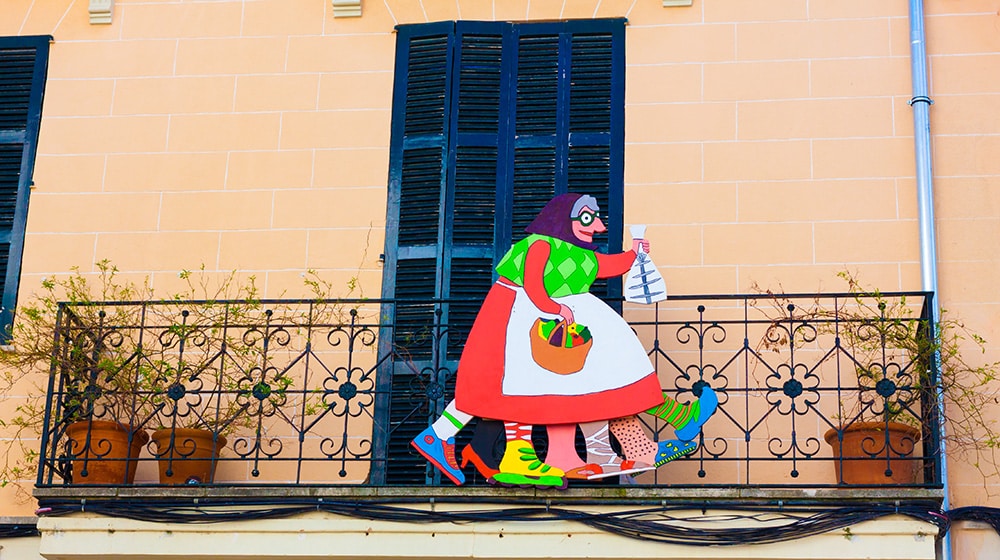
‘La Vieja Cuaresma’
Every Sunday of Lent, in Córdoba, you can find La Vieja Cuaresma — literally, Old Lady Lent. She is the counter-figure of Don Carnal, the personification of Carnival. You can imagine that just as Don Carnal is fat and friendly, Old Lady Lent is rather skinny. She carries a basket of vegetables and a codfish in her hands (codfish is king in all of Spain during Lent, as is oily and fatty, which makes it perfect for abstaining from meat) and has seven legs. As Lent goes by, Old Lady Lent loses her legs (one per week), and her legless body is burned right before Palm Sunday.
‘Hornazos’
Whereas Easter eggs are not exactly popular in Spain, Lenten recipes do not shy away from using eggs. That’s the case of the classic Toledo Hornazos, an either sweet or salty pastry that includes a whole egg, shell and everything. A dough cross is made all around the hornazo to hold the egg in place and is then decorated with anise seeds or other traditional toppings, including lemon or orange zest. It is customary to eat them on Thursdays during Lent, preferably in the countryside — or, at least, in the open air.
Praying for the ‘ánimas benditas del Purgatorio’
In almost every single parish in Spain, one can find a cofradia de las benditas ánimas del Purgatorio — that is, a parish-based brotherhood devoted to praying for the eternal rest of the blessed souls in purgatory. It is often the case that, in some towns and villages in central Spain, one finds members of these cofradías carrying a lantern and ringing bells asking for prayers and donations “for those who are in Purgatory” and “for those who are in mortal sin.” When children give them alms, they themselves can ring the bell. A similar tradition is that of La Moza de Ánimas (literally, something like “the Souls’ Young Damsel”): a young woman walks the streets of Tornavacas (a municipality in Cáceres, Extremadura, in southwestern Spain) ringing a bell and repeating a short ejaculatory prayer for the ánimas. Usually, the moza is “paying back” a promise made to the ánimas. She is supposed to do this every single day, by dawn, during Lent.
‘Las Bocinas’
Members of another cofradia, that of Jesús Nazareno (“the Brotherhood of Jesus the Nazarene”), go through the streets of Chinchilla, in Albacete (in southeastern Spain) on Saturday nights making a true scandal. Chosen members of the brotherhood blow through two massive bronze horns of about three meters long — heavy enough as to be necessarily dragged on wheels. The cherry on top is the beating of a purposely out-of-tune drum. According to some, the origin of this tradition lies in the parades that used to accompany the convicts as they were taken to the gallows: the noise anticipates Jesus’ own death sentence.
‘Catalan’ Passion plays
Every Sunday during Lent, at least since the 17th century, Catalans perform Passion plays — although some older traditions can be traced back to the 15th century. Mostly in Catalan (with some exceptions), these sober Passion plays last about six hours.
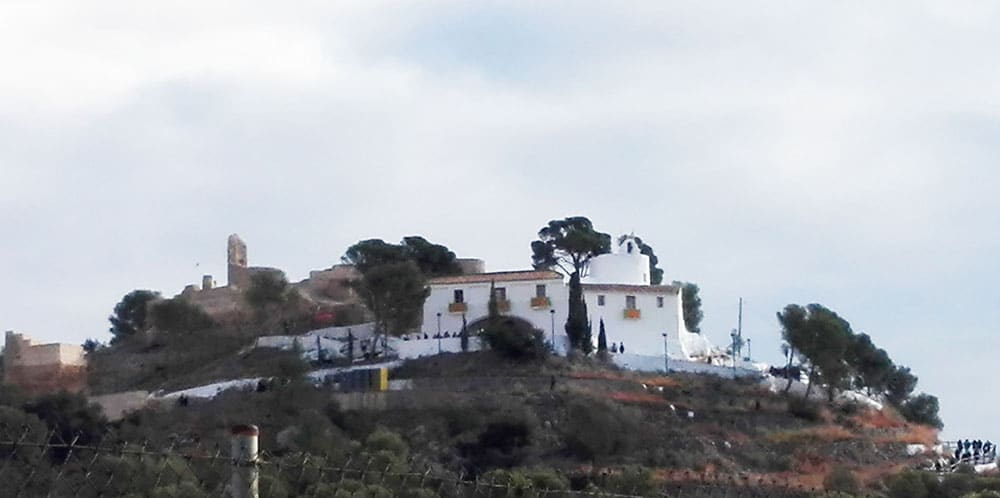
‘La Magdalena’
Castellón de la Plana is a municipality in northeastern Valencia. There, every third Sunday of Lent, hundreds of people gather wearing green scarves and carrying long staffs or canes — canyas, in Valencian. The tradition dates to the early 13th century when the people came down the mountain of La Magdalena to settle on the Castellón plain, by the (particularly fertile) littoral. Tradition tells us they left the hill of La Magdalena at night, carrying their lanterns at the end of their canyas, and that the children carried big bread rolls around their necks as they came down to settle by the seaside. These sweet, anise-flavored bread rolls are still made today and are named “Magdalena Rolls” (Rollos de la Magdalena). Up in the mountain, there is a hermitage devoted to St. Mary Magdalene — where paellas are made in her honor during this feast.
‘Misereres’
The Latin translation of Psalm 50 begins with the word miserere — mercy, or even “have mercy.” During Lent, and especially on Fridays, different versions of the miserere are sung in front of Jesus’ images — especially crucifixes, images of the Nazarene carrying the cross, or the Ecce Homo. Although not a particularly popular tradition nowadays, some Spanish cities preserve this tradition. That is the case, for example, of Zamora — the legendary Castilian city deemed “a museum of Romanesque art in open air,” especially because of its impressive Romanesque cathedral. There, the brothers of the Cofradía del Espíritu Santo (the “Brotherhood of the Holy Spirit”) walk through the city wearing tunics tied with a rustic esparto cincture, taking an impressive medieval Christ in procession, ringing a large bell while singing the miserere the night of the viernes de dolores — the Friday of Sorrows, the Friday preceding Palm Sunday.
Daniel Esparza writes for Aleteia.org in the areas of art, culture and travel. He writes from Spain.

